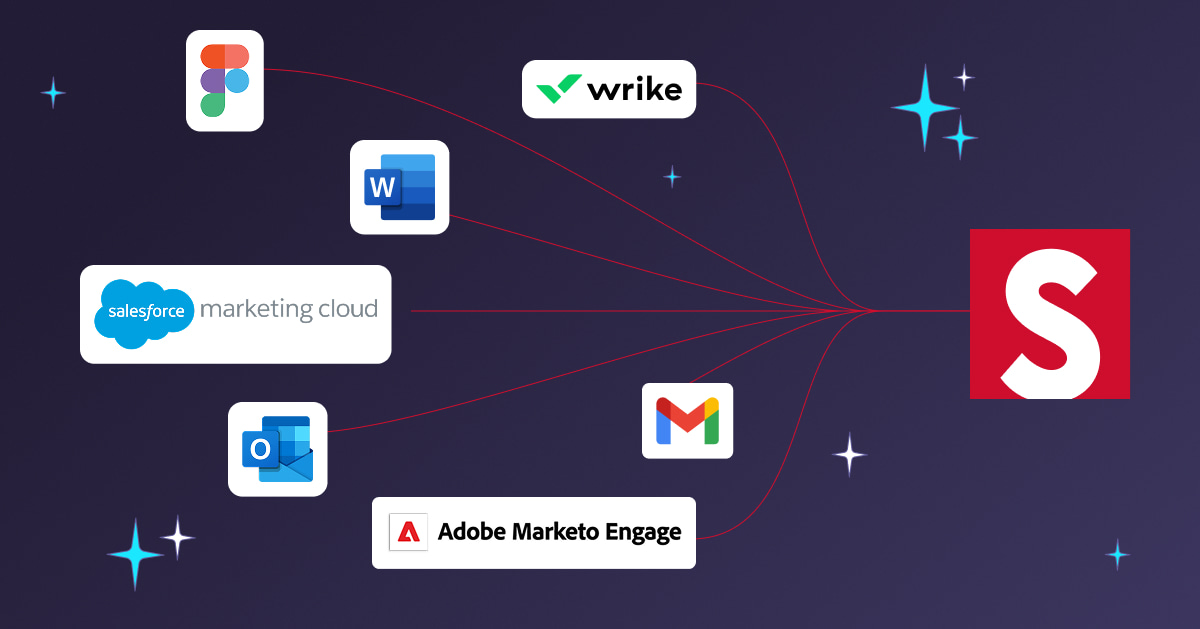The email workflow is peppered with last-minute revisions that delay deadlines, ramp up costs, and annoy the hell out of everyone.
Avoid these struggles and minimize their impact with these quick, sanity-saving tips.
That one tiny change is ruining your workflow

Your boss or other stakeholders are always demanding final changes to already completed emails, and those requests quickly add up.
Whether it’s changing a heading, switching up the color in a CTA button, or swapping an image out, these “tiny” changes cost you and the rest of the email team time, effort, and resources.
While these changes may be occasionally warranted, due to a shift in strategy that couldn’t be foreseen, many times they’re not.
So the next time you get a last-minute, quick request, think about the larger impact that these revisions have. And then make a change.
Setting boundaries will save your sanity

Setting strict guidelines and deadlines at each stage of the email building process will slowly minimize the worst impact of these last-minute requests.
From the copywriting stage to the design stage, development stage, and QA stage, there should be hard rules around finalizing content and any changes needed.
At the copywriting stage, all copy and messaging should be triple checked and approved. This means that all stakeholders have reviewed the copy and signed off on it. It should be communicated to them that no further copy changes will be allowed after this stage.
Once it goes into design, all creative should be reviewed and tested to ensure the design will work across mobile and PC, and across email clients. Don’t leave it until the QA stage. Brand compliance should be overseen at the design stage as well to ensure that all colors, fonts, and images are used correctly. After creative is completely finalized, all stakeholders involved need to approve and sign off on the design. Again, make sure it’s clear that they won’t be able to make any creative changes after this stage.
At the QA stage, use tools like Litmus or Email on Acid to ensure your emails appear correctly across all email clients, apps, and devices.
If needed, set a maximum number of revisions for this final stage to encourage consolidated feedback. This is also a good rule of thumb for any approval flow, as consolidated feedback allows copywriters and designers to make changes in one sweep, rather than piecemeal, drip-feed revisions over a number of days.
Automate, automate, automate
Now, not to get too salesy on you but a lot of these issues would disappear if you used a platform like stensul.
We empower email marketers to build custom, enterprise-level emails in minutes. This removes the need to check for brand compliance, legal compliance, and QA as these elements are all set in stone in your custom templates.
Reach out to us today about getting a personalized demo of your own, or just hit us up at the chatbot to the right.




